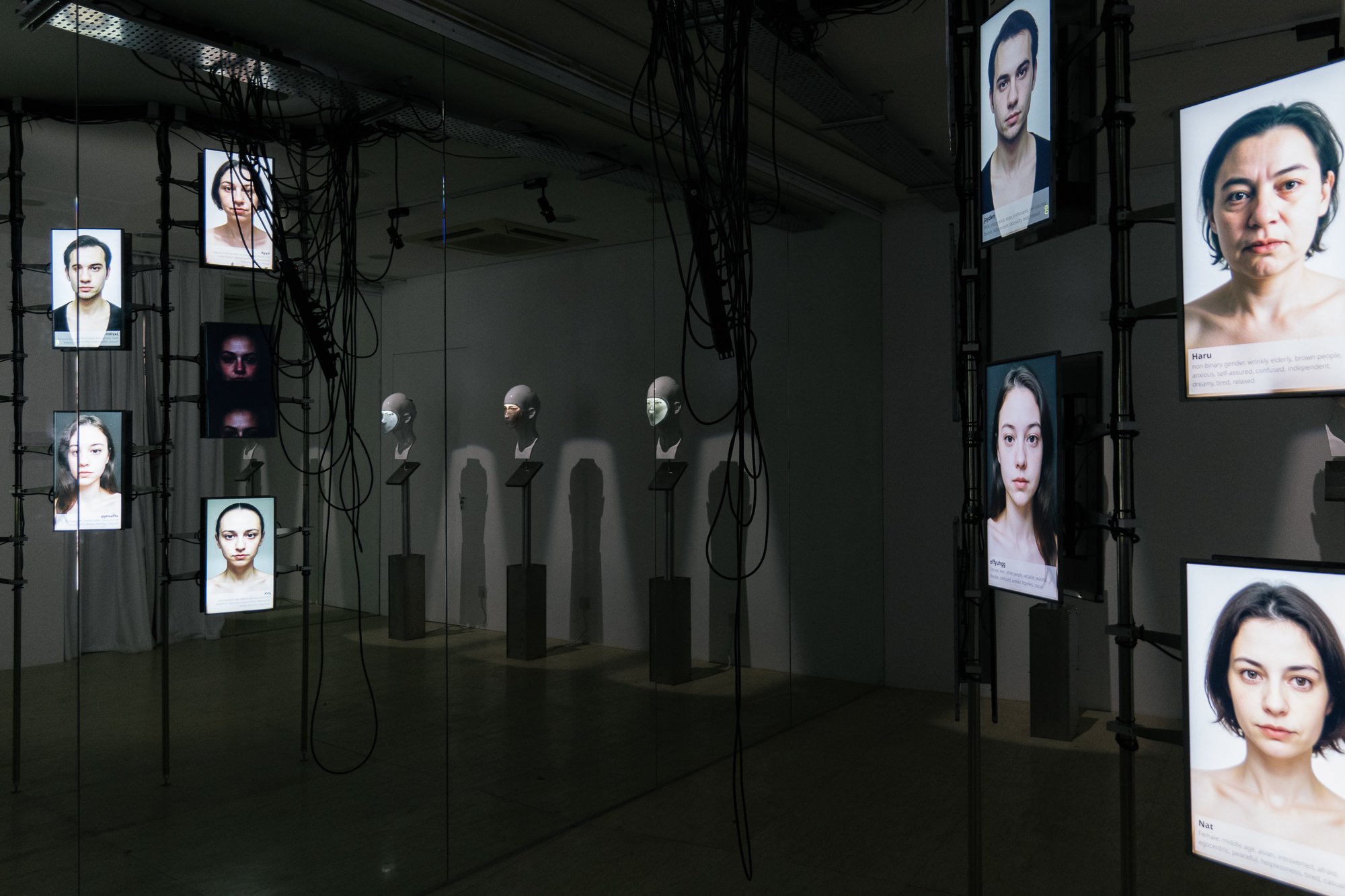Mandala, a regular geometric figure resembling the image of a full-blooming golden flower, commonly exists in religions and cultures around the world, from Buddhism, Taoism and Hinduism in the East to Christianity in the West, and even in the rituals of the American Indian. Such mandala pattern, named "Golden Flower" by psychologist Carl Jung, also appeared repeatedly in the paintings and dances of his psychiatric patients. Through his study of the Golden Flower, Jung discovered the psychological principles concealed in Eastern religions and metaphysics, and also developed the concept of the “collective unconscious” which has profoundly influenced the discipline of psychology as a whole. He suggests that as human beings, in addition to the common anatomical structure of our bodies, which transcends racial differences, our minds also share a common base that transcends all cultural and ideological differences.
God has created humans; humans have created artificial intelligence (AI) ......Creationism is one of the countless archetypes engraved in humans’ unconscious. As studies on humans’ collective unconscious deepen, creators of artificial intelligence have discovered the secrets that make AI getting closer and closer to human beings. The unconscious of humans is being studied and learnt in the form of archetypes by AI, which in turn creates more symbolism to influence the conscious and unconscious minds of us; AI not only absorbs a large amount of recognisable information, but also transforms itself into a carrier of collective unconscious of human beings. When art, music and poetry can all be created by artificial intelligence, boundaries between reality and illusion are no longer distinguishable. The unprecedented development of technology has led us to a blossom of new Golden Flower growing out from collective unconscious of humans. When technology replaces religions and becomes a new era of faith, humans become gods and even create a new god.
Inspired by Carl Jung's book of the same title, The Secret of the Golden Flower, this exhibition explores the metaphysical proposition of human’s destiny lying in the rapid advancement of technology based on the concept of collective unconscious. Through the works of two artists, this exhibition unveils questions hidden in the development of technology. Through the lens of illusion and reality, the artists attempt to dissect this Golden Flower with the viewers. Wong Weng Cheong, a Macau artist, specialises in using computer technology in his artworks, with AI technology being his latest area of exploration. With the explosive growth of AI technology and the ubiquity of its application such as Deep Fake, Wong is concerned with the individual and collective identities behind images, as well as the emptiness behind identities. On the other hand, Lam Pok Yin, a Hong Kong artist, narrates the story from a realistic perspective. He focuses on data platform behind AI, as well as the mechanism of data generation, logic and labour relations behind it. By revealing the exploitation of grassroot workers in the chain of AI industry, Lam questions the constituents of "human" in this era. Both artists use digital images as a medium, creating a dialogue between the virtual and the reality in a small space. The illusory space created by mirrors crafts a new dimension for the exhibition in a physical sense. Through wandering between reality and illusion, the artists’ works break through the brilliant facade of such Golden Flower, giving viewers a glimpse of the mystery behind it.
Curator
Chang Chan



A Vessel of Contour
2023
Resin, Projector, Plastic Film
225 W x 267 L x 1700 H
Wong Weng Cheong reimagines the form of bust sculptures common in classical art: the outline resembles traditional sculptures, but the face is replaced with a multitude of portraits created by AI. Classical sculpture often represents the identity and status of real people in reality. By transforming the most individual-identity feature - the face - into virtual portraits generated by AI, the artist explores the fluidity and nothingness of individual identity in the digital age.
The "face", as the most characteristic symbol of personal identity, becomes a literal "semblance" in the AI generation process, being utterly realistic and entirely fictitious. Philosopher Gilles Deleuze believes that a person's identity is constituted by the reactions of others to the characteristics of that identity, lacking any inherent or material essence. WONG further elaborates on the emptiness and nothingness of people after shedding their identity. In today's highly developed globalization and digital technology, individual identities are gradually disintegrating and dissolving. In what form will new identities be generated?




Sequence Conglomerate
2023
Steel, Glass, LED Transparent Screen, Computer
3910 W x 2700 H
In this work, Wong Weng Cheong reimagines the subject of "portraits", a common theme in art from the classical to the contemporary. The portraits are still generated by AI and presented through double sided screens, enabling the audience to view the process from any side. When there are spectators behind the screen, the virtual figure overlaps with the real viewers in the viewer's line of sight, creating an interweaving of reality and fiction. Beside the work, there is an interactive device, through which the audience can generate a portrait completely created by the instructions of the viewer connected to the AI system. This interactive process allows the artist to create his own collaborators in the exhibition space. By participating in this way, it brings the audience closer to the process of the construction and disappearance of a virtual identity.
